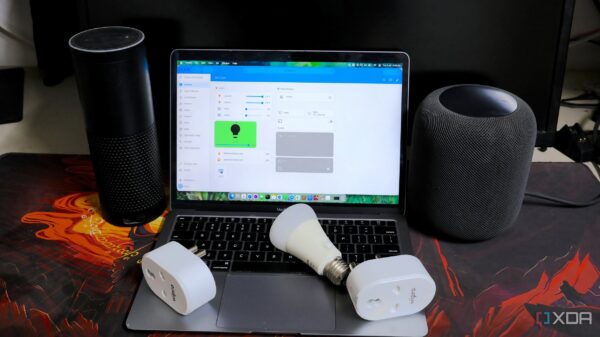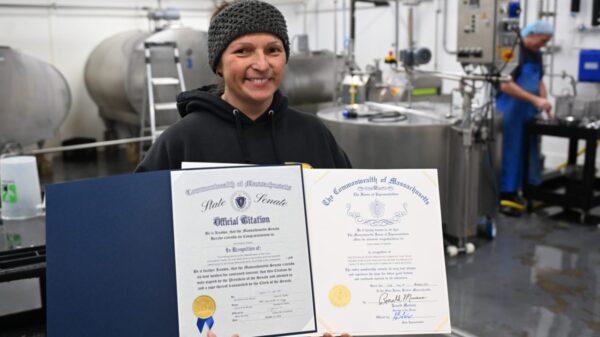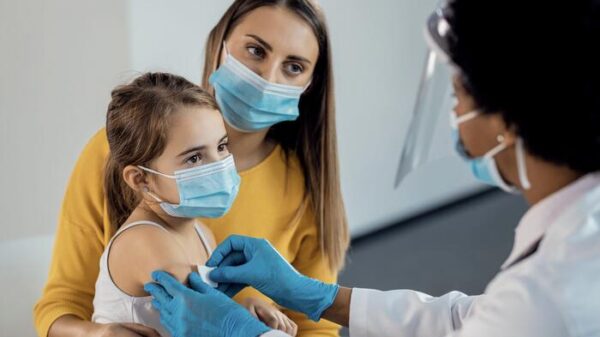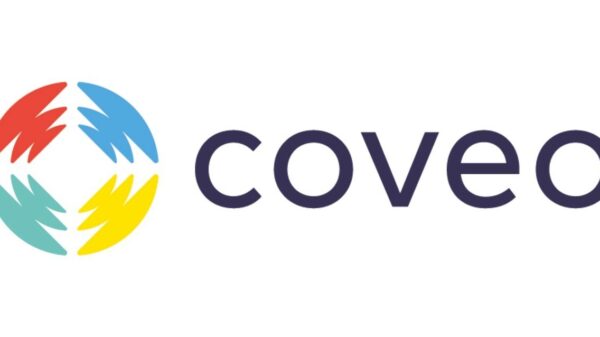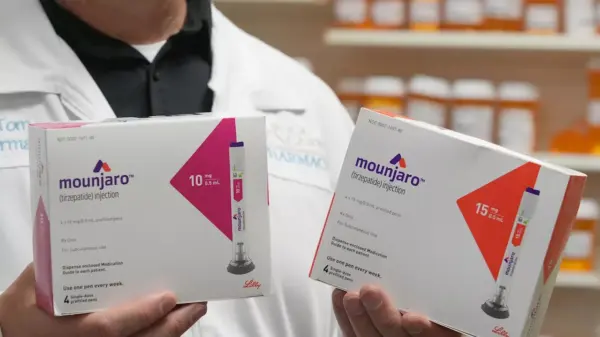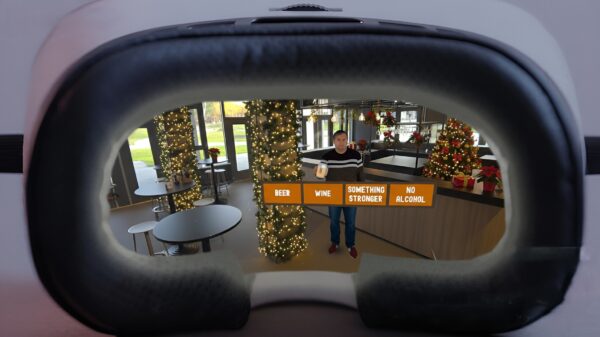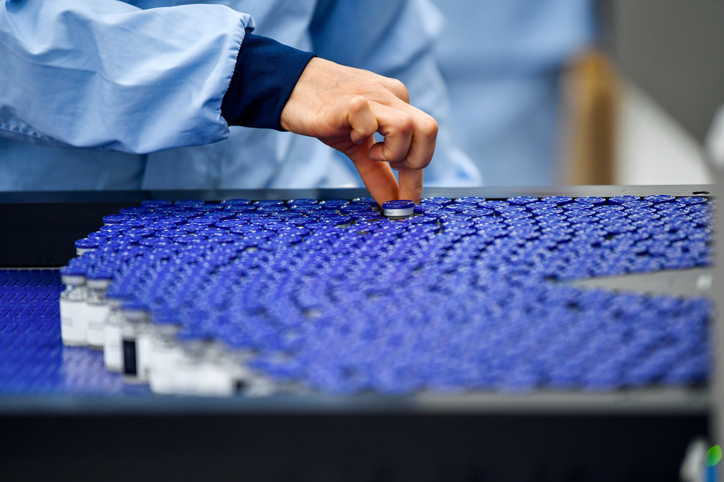Biologics, which rely on animal or human-derived materials, face inherent risks of viral contamination during production. Although such incidents are infrequent, they can lead to significant disruptions and safety concerns. As the complexity of biologics increases, traditional viral detection methods are struggling to keep pace. In response, experts are advocating for the adoption of Next-Generation Sequencing (NGS), a modern alternative offering faster and more comprehensive virus detection capabilities.
Recent revisions to the ICH Q5A guidelines underscore the advantages of NGS, highlighting its potential to enhance viral safety testing protocols. Traditional methods, including a range of in vivo and in vitro assays, often fall short in detecting novel or significantly mutated viruses. These include tests such as animal adventitious virus assays and polymerase chain reaction (PCR), which can take up to six weeks to yield results.
Horst Ruppach, PhD, executive director of scientific and portfolio management at Charles River Laboratories, emphasizes the pressing need for change. He notes that while established viral testing protocols may be slow to adapt, the speed and cost-effectiveness of NGS make it an attractive alternative. “In new product development, use it as an alternative or a supplement to the standard testing to get familiar with the technology,” Ruppach advises.
Advantages of Next-Generation Sequencing
NGS works without bias to detect, sequence, and identify all nucleic acid molecules within a sample. This method is capable of identifying both known and unknown viruses, providing a level of specificity and sensitivity unmatched by traditional methods. It can effectively analyze viral genomes in fluids, endogenous viruses in cellular genomes, or virus-specific mRNA in cell substrates.
The ability of NGS to deliver results within two to three weeks is particularly beneficial for biologics manufacturers. For instance, cell lines such as CHO, Vero, HEK293, and Sf9 are commonly used in the production of recombinant proteins and vaccines. Ensuring comprehensive screening for replication-competent viruses during manufacturing is essential, as even low-level contamination can multiply significantly.
Ruppach further explains that NGS allows for a more nuanced understanding of viral safety. “The technology is a bit more complex because of the expertise needed to develop and interpret the bioinformatics pipeline,” he states, highlighting the collaboration with PathoQuest, which specializes in bioinformatics for virus detection.
Addressing Emerging Challenges in Cell Therapies
The rise of cell therapy products, particularly allogeneic therapies, introduces new viral safety challenges. These therapies involve direct administration to patients, leaving no room for the removal or inactivation of potential viral contaminants. Traditional screening assays frequently fail to detect endogenous viruses present in primary human cells or stem cells used in manufacturing.
NGS addresses these challenges by detecting any viral nucleic acid, independent of the virus’s ability to replicate. This capability is crucial for confirming the presence of active or latent viruses, effectively enhancing safety protocols for cell therapies like CAR T treatments.
In a series of comparative studies conducted by Charles River Laboratories and PathoQuest, NGS demonstrated its superiority over traditional methods. In one test, NGS exclusively detected four viruses, matching the sensitivity of in vivo assays for another four, and only exhibiting reduced sensitivity for Vesicular Stomatitis Virus (VSV) in suckling mice.
Another study highlighted the strengths of NGS against traditional assays, detecting all nineteen ICH Q5A rodent viruses plus additional variants. In contrast, traditional methods often require supplementary testing to broaden detection capabilities, which can be time-consuming and costly.
Regulatory momentum continues to build around NGS as more organizations recognize its potential for improving viral safety testing. The evolving regulatory landscape increasingly emphasizes NGS’s strengths, recommending its use in various testing scenarios. With advancements in automated sample preparation and analysis pipelines, NGS is becoming more accessible and streamlined for manufacturers.
Ruppach concludes, “I believe that due to the benefits, NGS will become a standard in virus testing in the future. In five years, people may wonder why we used the traditional approaches when we had this technology.” As the biologics industry continues to grow, embracing innovations like NGS will be pivotal in ensuring the safety and efficacy of new therapeutic products.



